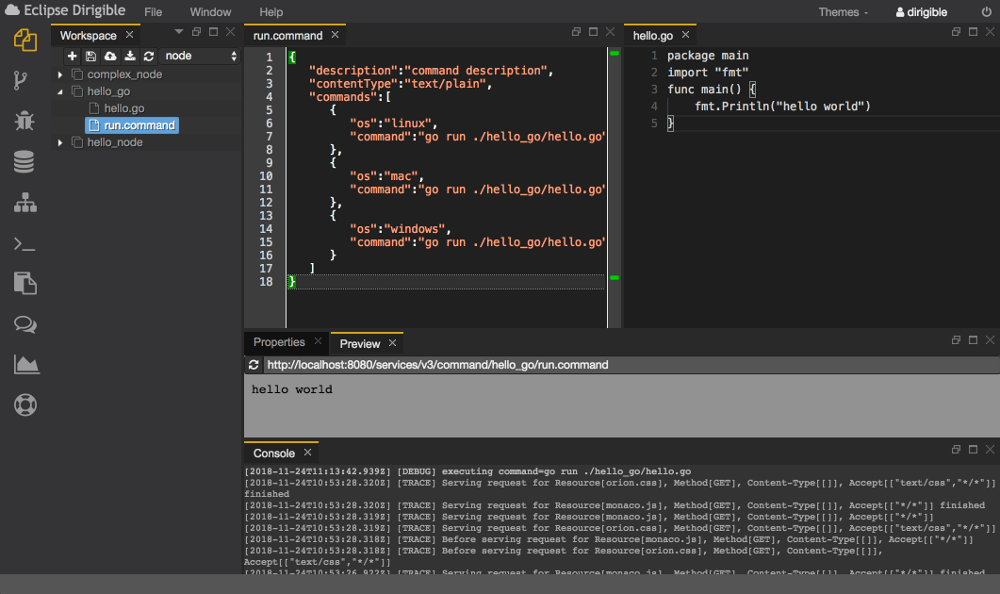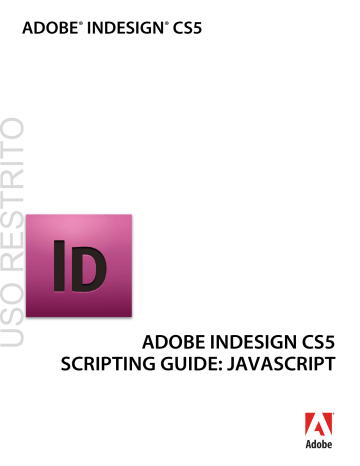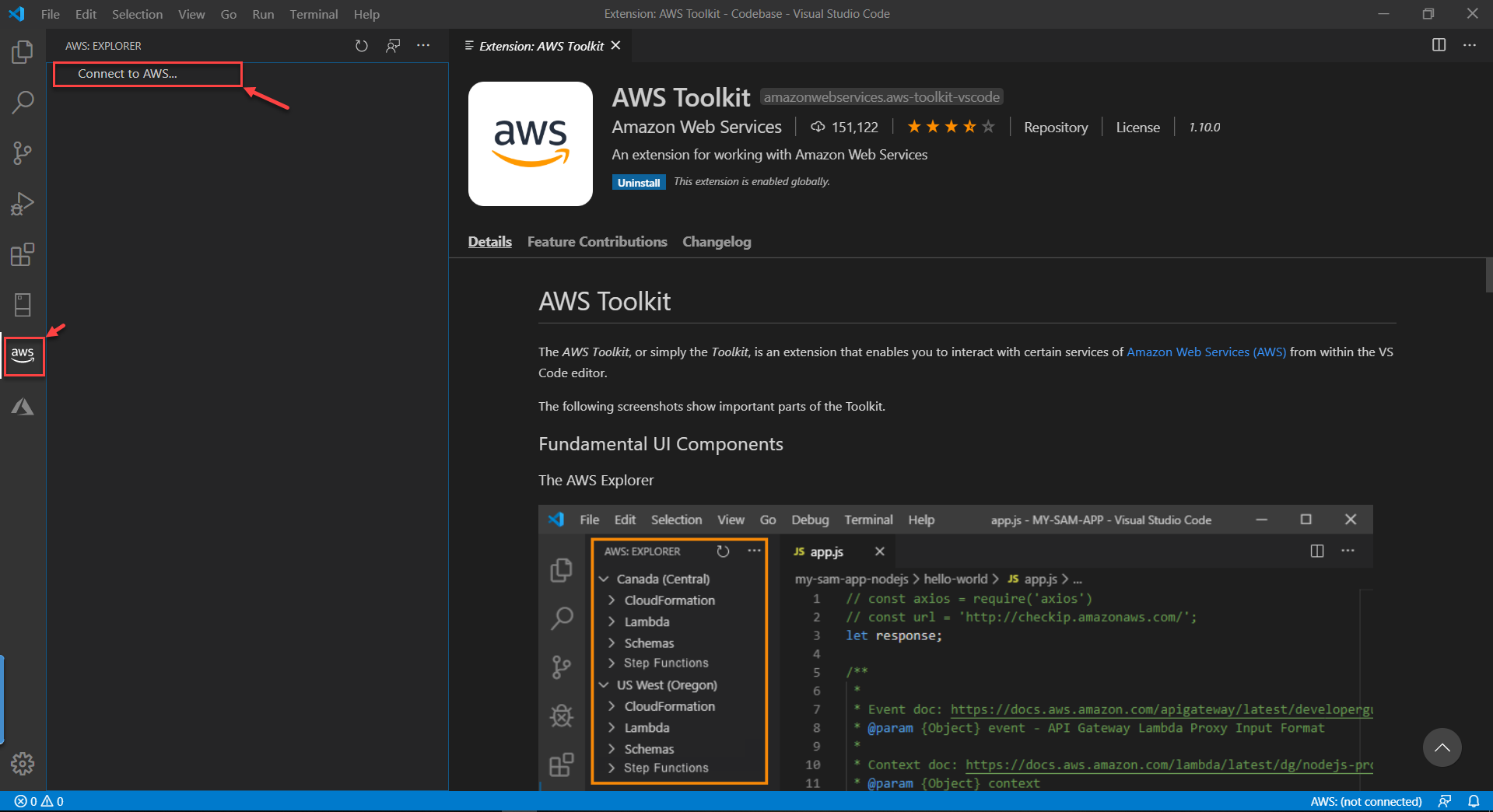

Note: You need to point to your own iOS developer provisioning profile to be able to run the application on your iOS device.JavaScript is the most widely used scripting language on earth. The ios_application rule uses the HelloWorldAppLibrary Objective-C library generated to build an iOS application for installation on your iOS device. The templated app depends only on the UIKit SDK. The objc_library rule adds dependencies for the AppDelegate and ViewController classes, main.m and the application storyboards. Provisioning_profile = "//mediapipe/examples/ios:developer_provisioning_profile", mm files.Ĭreate a BUILD file in the $APPLICATION_PATH and add the following build rules:īundle_id = "", The edge detection application in this tutorial and all iOS examples using MediaPipe use Objective-C with C++ in. Note: MediaPipe provides Objective-C bindings for iOS. We will refer to this path as the $APPLICATION_PATH throughout the codelab.
#Hello world in javascript on mac code
For example, the source code of the application that we will build in this tutorial is located in mediapipe/examples/ios/HelloWorld. Make sure to copy them too and add them to the BUILD file mentioned below.Ĭopy these files to a directory named HelloWorld to a location that can access the MediaPipe source code. Note: In newer versions of Xcode, you may see additional files SceneDelegate.h and SceneDelegate.m. The content of the $PROJECT_TEMPLATE_LOC/HelloWorld/HelloWorld directory is listed below: The HelloWorld.xcodeproj will not be useful for this tutorial, as we will use bazel to build the iOS application. This directory will contain another directory named HelloWorld and an HelloWorld.xcodeproj file. So your project will be in the $PROJECT_TEMPLATE_LOC/HelloWorld directory. Save the project to an appropriate location. The organization identifier alongwith the product name will be the bundle_id for the application, such as. Set the product name to “HelloWorld”, and use an appropriate organization identifier, such as.
#Hello world in javascript on mac how to
We first start with a simple iOS application and demonstrate how to use bazel to build it.įirst, create an XCode project via File > New > Single View App.

Our iOS application will display the output image frames of the output_video stream. The second node, SobelEdgesCalculator applies edge detection to incoming packets in the luma_video stream and outputs results in output_video output stream. The resulting image frame is sent to the luma_video output stream. The first node in the graph, LuminanceCalculator, takes a single packet (image frame) and applies a change in luminance using an OpenGL shader. This graph has a single input stream named input_video for all incoming frames that will be provided by your device’s camera. # Applies the Sobel filter to luminance images stored in RGB format.Ī visualization of the graph is shown below: # Converts RGB images into luminance images, still stored in RGB format. # Images coming into and out of the graph. # mediapipe/examples/android/src/java/com/google/mediapipe/apps/basic:helloworld # MediaPipe graph that performs GPU Sobel edge detection on a live video stream.

This site uses Just the Docs, a documentation theme for Jekyll.


 0 kommentar(er)
0 kommentar(er)
